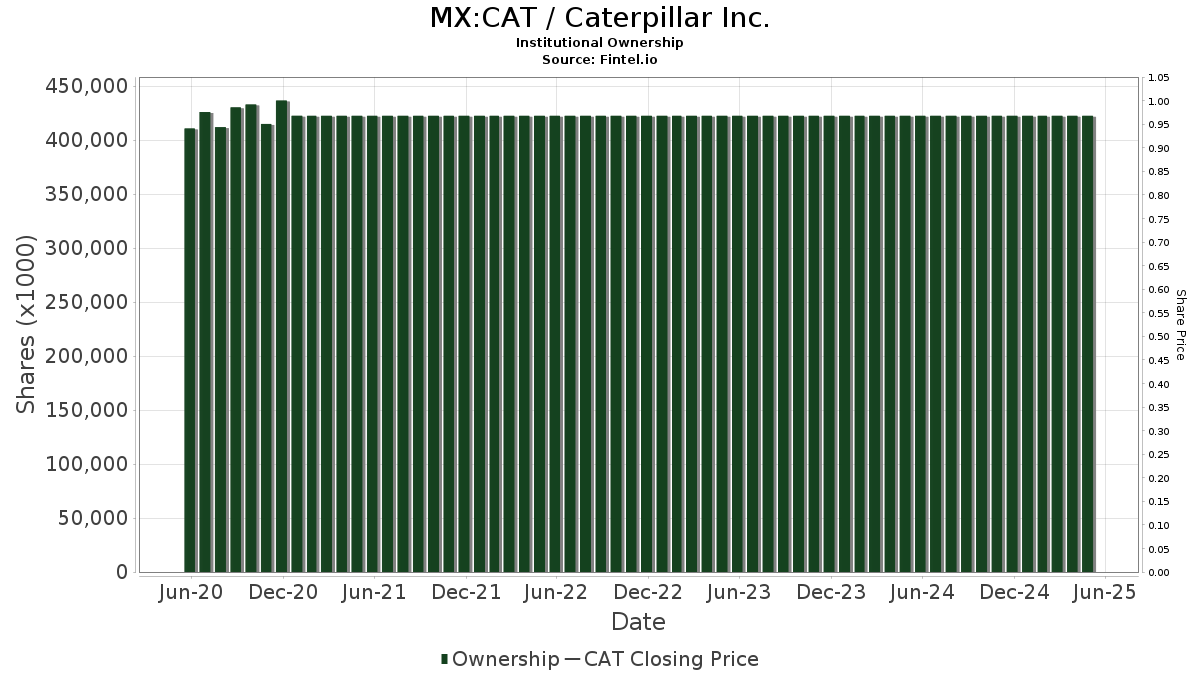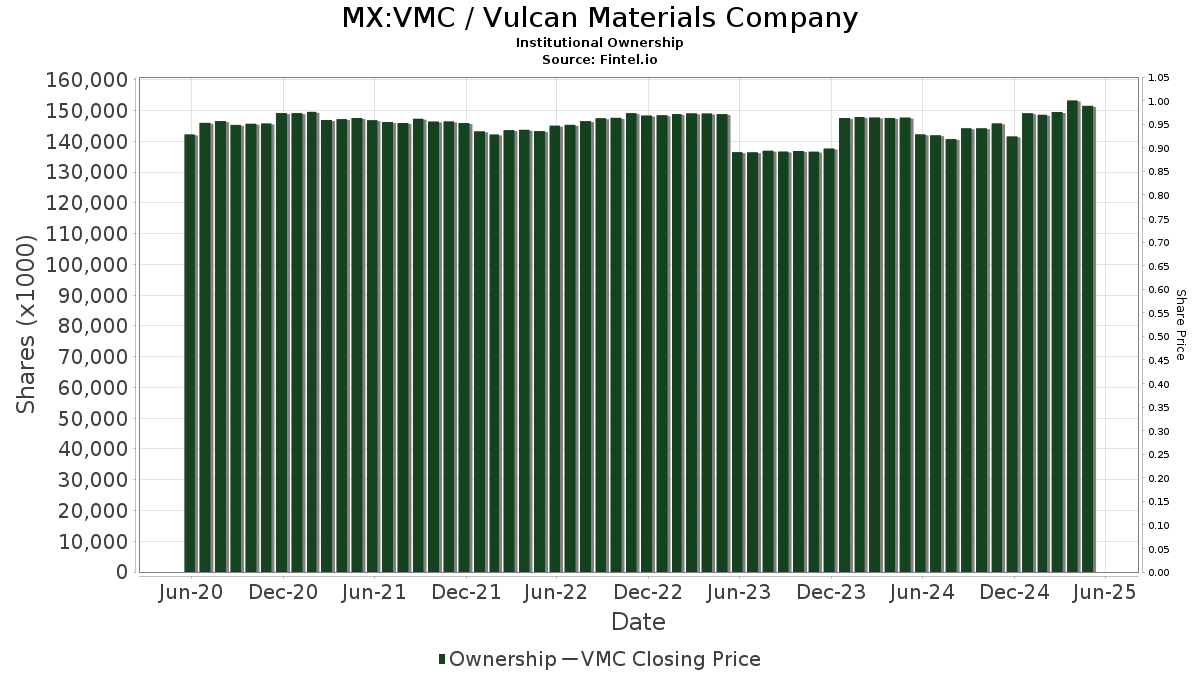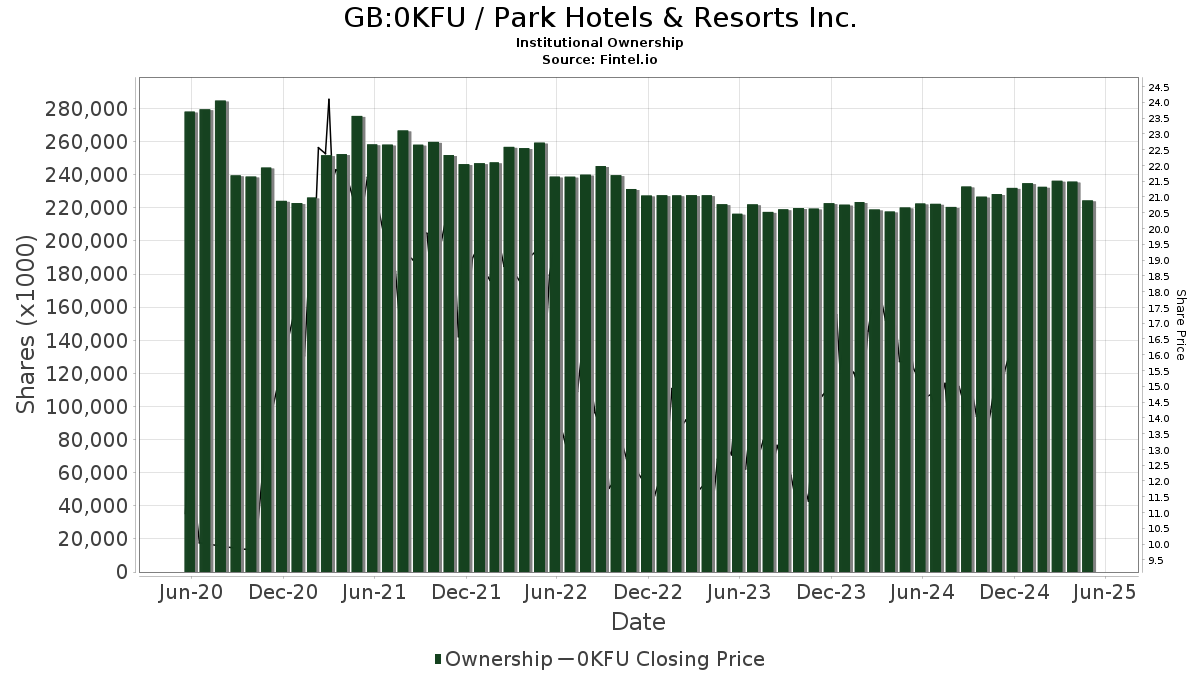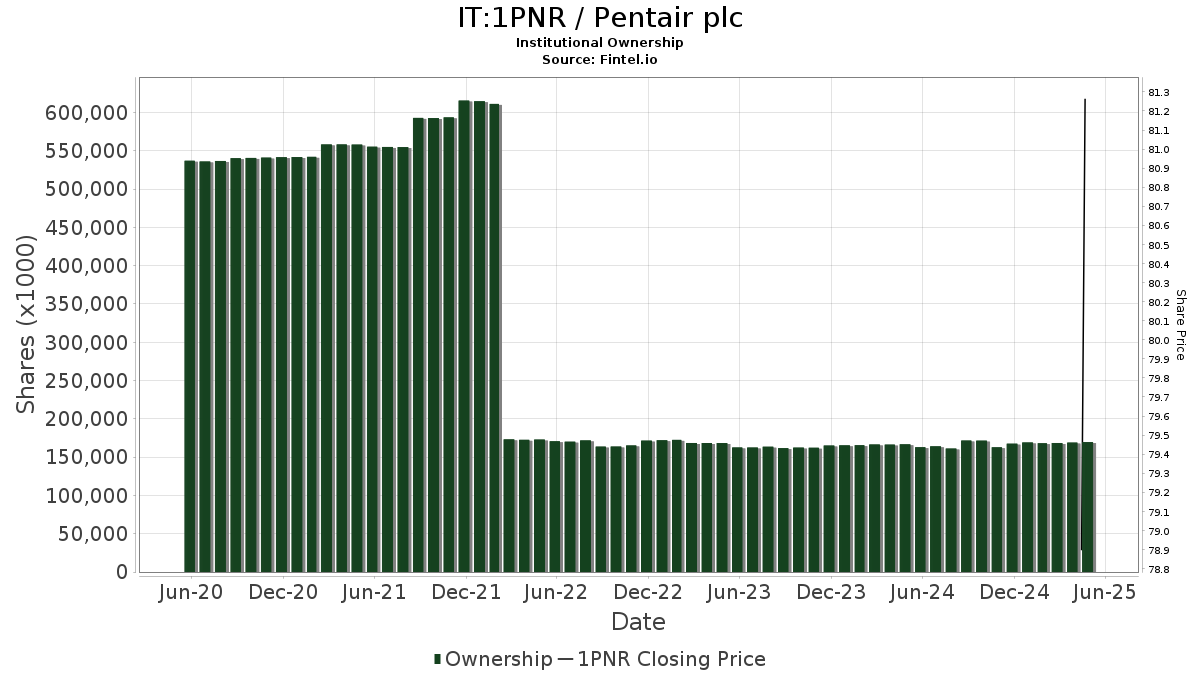Market Reaction to Tariffs: Key Investment Opportunities Unveiled
Last month, President Trump announced worldwide tariffs, triggering quick and sharp responses from investors. Consequently, major market indexes fell into correction territory, defined as a decline of more than 10%. The leading factor in this sell-off was the Nasdaq Composite (NASDAQINDEX: ^IXIC), which briefly entered bear market territory with a 20% drop from its recent high.
Troublesome market conditions affect all stocks, but seasoned investors often view downturns as chances to acquire quality stocks at reduced prices. In response to the market decline, I decided to invest, allocating about half of my available cash into high-conviction stocks. Below are five noteworthy picks.

Image source: Getty Images.
1. Nvidia
With the rise of the artificial intelligence (AI) revolution in early 2023, Nvidia (NASDAQ: NVDA) established itself as a leading technology firm. Known for its graphics processing units (GPUs), the company quickly became essential for upgrading data centers to handle the increased demands of generative AI.
Despite facing challenges such as concerns over AI growth, export restrictions to China, and tariffs, Nvidia’s stock fell about 37%. However, the sell-off seems exaggerated. Experts predict AI adoption will span years, positioning Nvidia well to benefit from this trend. In its fiscal 2025 fourth quarter (ending January 26), Nvidia reported revenue of $39 billion, reflecting a 78% increase year over year, while earnings per share (EPS) surged 82%. With a forward PE ratio of just 31, the stock remains attractively valued considering its growth trajectory.
2. Broadcom
Broadcom (NASDAQ: AVGO) might be considered the counterpart to Nvidia in the AI space. The company provides a diverse range of semiconductors and infrastructure software, serving crucial sectors like cable, mobile, and data centers, making it a prime beneficiary of ongoing digital transformation. Notably, Broadcom claims that “99% of all internet traffic crosses through some type of Broadcom technology.”
Particularly important is Broadcom’s role in AI infrastructure, where most AI processing takes place. In its fiscal 2025 first quarter (ending February 2), Broadcom’s revenue soared by 25% to $15 billion, while adjusted EPS increased by 45% to $1.60. Although the stock trades at 35 times forward earnings, its consistent growth and extensive opportunities ahead justify the investment.
3. Amazon
The tariffs had a significant impact on Amazon (NASDAQ: AMZN), pushing its stock down nearly 31%. Historically, Amazon has demonstrated resilience, adapting well to shifting macroeconomic and geopolitical climates. Its recent pivot of Amazon Web Services (AWS) towards AI and the growth in its cloud operations exemplifies this adaptability.
Importantly, while digital retail generates 81% of Amazon’s revenue, AWS contributes 63% of its profits and remains insulated from tariff impacts. The extensive range of options available to shoppers will help mitigate potential losses due to tariffs. With improving economic conditions on the horizon, the stock’s valuation at three times next year’s sales appears reasonable for such a well-placed company.
4. Shopify
The tariffs significantly impacted many companies, but Shopify (NASDAQ: SHOP) experienced a sharper decline. Following the announcement of North American tariffs, Shopify’s stock plummeted more than 40% from mid-February to early April.
Many of Shopify’s merchants qualified for the “de minimis exemption,” allowing for duty-free imports of goods worth $800 or less. However, this exemption was suspended, raising investor concerns over its smaller merchants. To counteract this threat, Shopify launched tariffguide.ai, an AI-powered tool that provides tariff rates based on product descriptions and countries of origin, helping merchants refine their product strategies quickly.
Despite these challenges, Shopify’s user base continued to grow, and in the first quarter, revenue reached $2.36 billion, up 27% year over year, while operating income rose by 136%. The stock is currently priced at 15 times sales, undervalued compared to its 10-year average of 22 times.
5. The Trade Desk
The Trade Desk (NASDAQ: TTD) entered its fourth quarter with a strong record of meeting or exceeding expectations. However, earlier this year, it missed guidance, leading to a significant drop in its stock value. The subsequent market trends exacerbated this decline.
Investors are advised to observe these developments closely. The current market conditions present both risks and opportunities, particularly for companies well-positioned to leverage the ongoing shifts in technology and consumer behavior.
The Trade Desk’s Management Acknowledges Shortcomings and Rebounds
In a striking downturn, The Trade Desk’s stock recently lost 67% of its value. However, the company’s leadership has taken a proactive approach in addressing these challenges. During the fourth-quarter earnings call, CEO Jeff Green stated, “I want to acknowledge up front that for the first time in 33 quarters as a public company, we fell short of our own expectations.” This admission highlights a series of minor execution errors and a concrete plan for improvement.
Given The Trade Desk’s historically solid performance, it was a compelling opportunity, and I chose to increase my investment. My confidence in the management turned out to be well-founded. In the first quarter, the company reported a revenue of $616 million, reflecting a growth of 25%, while adjusted earnings per share (EPS) jumped by 27%.
Moreover, The Trade Desk maintains a reasonable valuation, with a price/earnings-to-growth (PEG) ratio of 0.92, indicating that it may be undervalued as a stock if the ratio is below 1.
Potential Lucrative Opportunity for Investors
Many investors often feel they’ve missed the chance to buy into top-performing stocks. However, opportunities can still arise. Rarely, our expert analysts issue a “Double Down” recommendation for companies poised for significant gains. If you’re concerned you’ve overlooked your window to invest, now may be an ideal time to enter the market before it’s too late. Consider the following:
- Nvidia: An investment of $1,000 when we issued our double down in 2009 would now be worth $351,127.
- Apple: A similar investment in 2008 would have grown to $40,106.
- Netflix: If you invested $1,000 in 2004, that would have resulted in $642,582.
Currently, we’re providing “Double Down” alerts for three promising companies, available through our stock advisory service, and this may be a fleeting opportunity.
Disclosure: John Mackey, former CEO of Whole Foods Market, is a member of The Motley Fool’s board of directors. Danny Vena holds positions in Amazon, Broadcom, Nvidia, Shopify, and The Trade Desk. The Motley Fool recommends and has stakes in Amazon, Nvidia, Shopify, and The Trade Desk; it also recommends Broadcom. For further details, please refer to our disclosure policy.
The views and opinions expressed herein are the views and opinions of the author and do not necessarily reflect those of Nasdaq, Inc.





